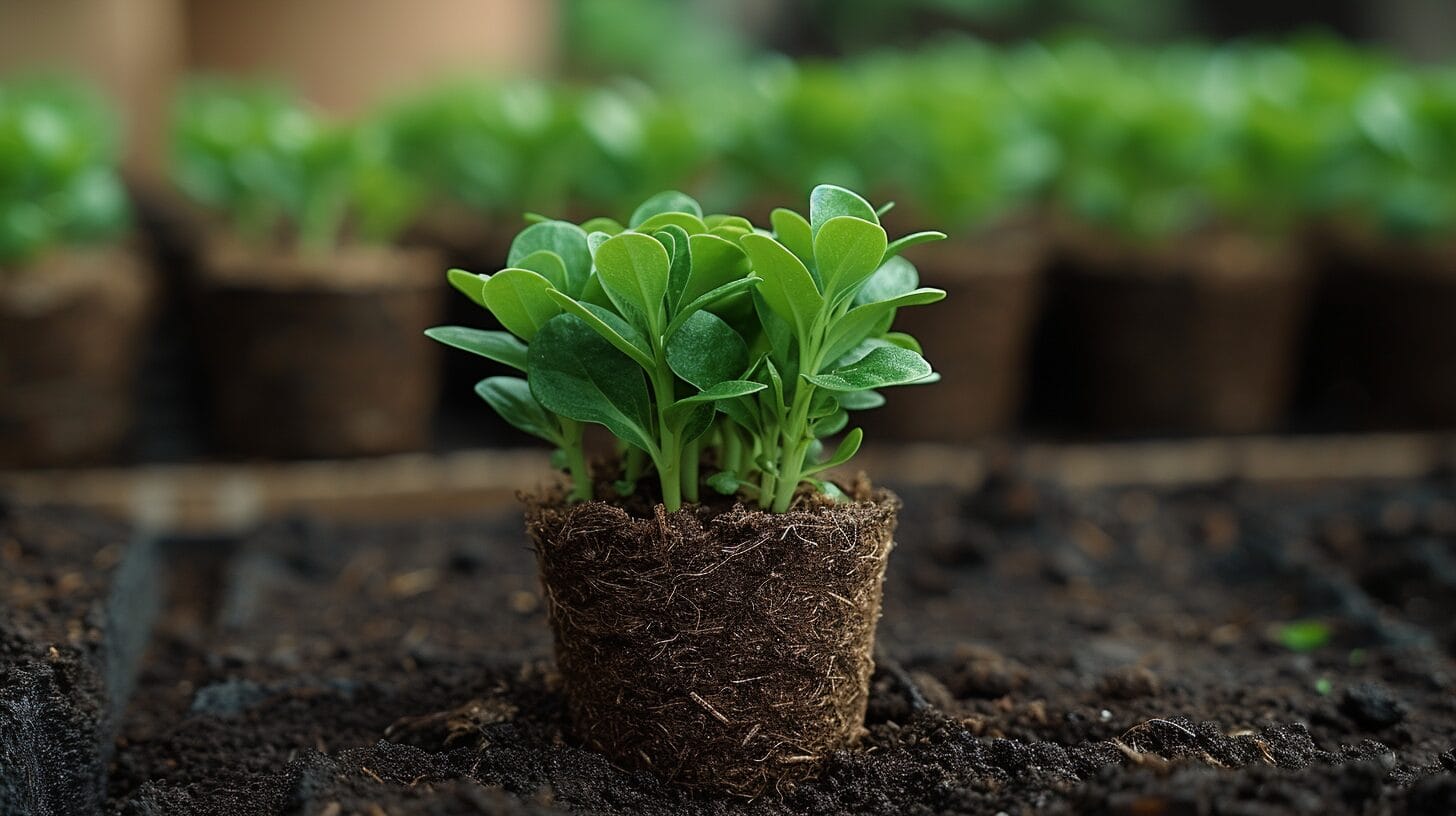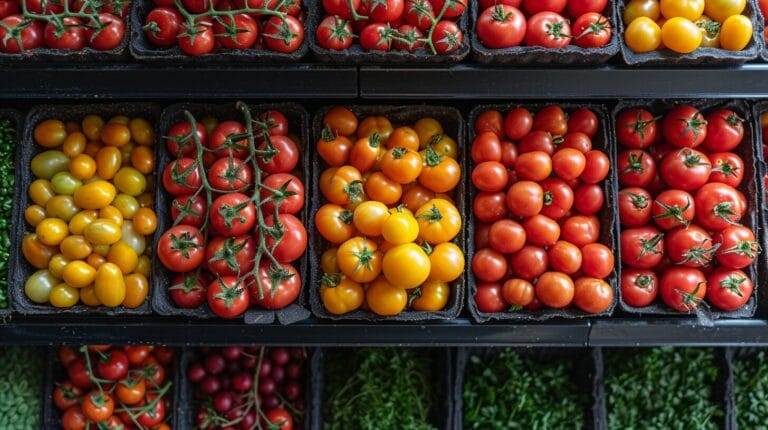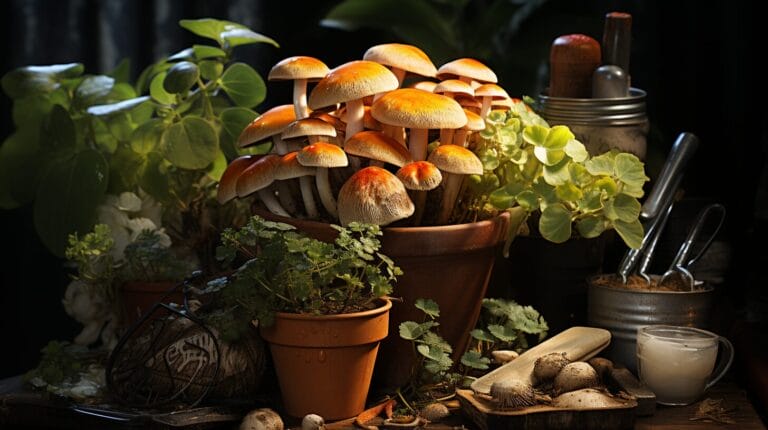The optimal soil for boxwoods grown in containers.
Boxwoods are versatile, evergreen shrubs that can flourish in a variety of soils. However, they particularly thrive in well-draining soil that retains sufficient moisture. Understanding these needs is crucial to creating a flourishing boxwood garden.
Key Takeaways
- Good soil quality is crucial for successful boxwood container gardening.
- Boxwoods prefer well-draining soil that retains enough moisture.
- Sandy soil, loamy soil, or amended clay soil are suitable options for boxwood containers.
- Organic amendments such as compost, well-rotted manure, peat moss, and vermiculite can improve soil structure and fertility.
Understanding the Needs of Boxwoods in Containers

Boxwoods require soil that is well-draining yet maintains enough moisture for adequate hydration. This balance can be achieved with a high-quality potting mix, typically containing a blend of organic matter, perlite, and vermiculite. These components promote good drainage and moisture retention.
Choosing suitable containers for the boxwoods is equally important. Containers with good drainage holes help prevent waterlogging, essential for the well-being of boxwoods as their roots are susceptible to rotting if submerged in water for too long.
Characteristics of The best soil for boxwoods in containers
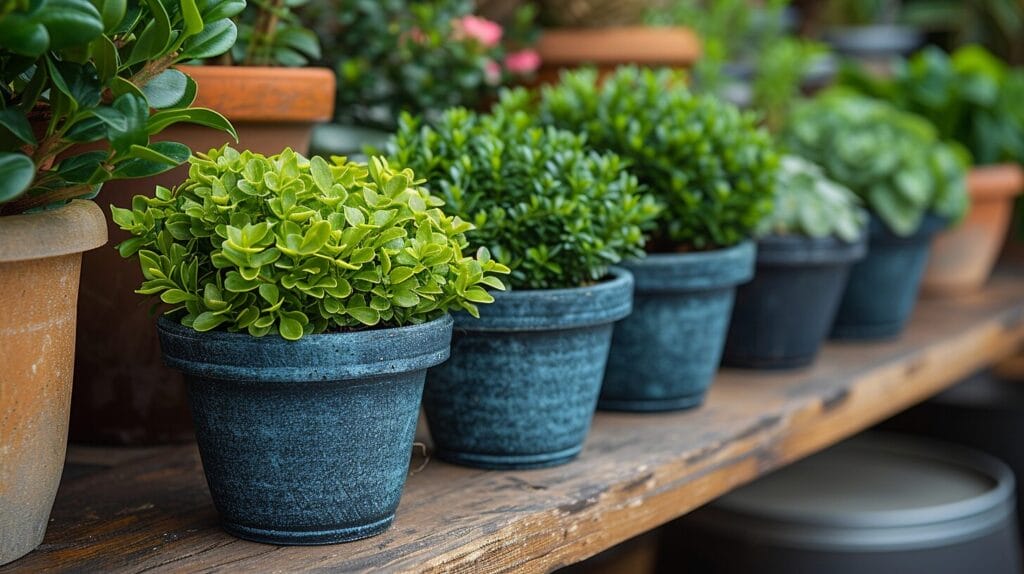
The ideal soil for boxwoods in containers should allow excess water to drain away easily, preventing root waterlogging. Boxwoods prefer slightly acidic to neutral soil, with a pH between 6.0 and 7.0. A nutrient-rich soil, supplemented with organic matter, provides the necessary elements for healthy growth and development.
Choosing the Right Soil Mix for Container-Grown Boxwoods
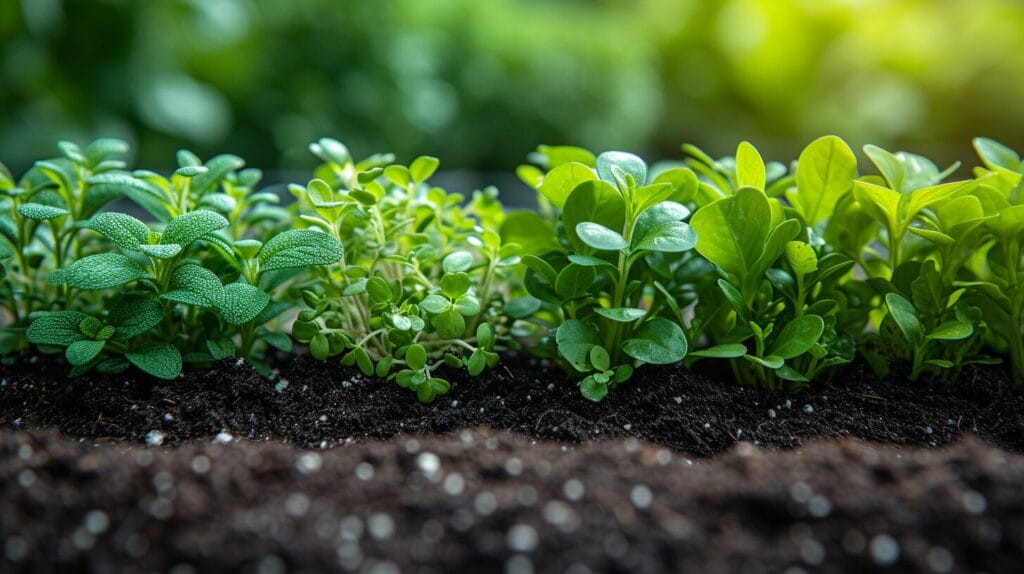
To ensure optimal growth for boxwoods, consider the following when selecting a soil mix:
- Use a lightweight potting mix: Opt for a mix designed for container gardening. These mixes are lightweight and well-draining, preventing waterlogging and facilitating root aeration.
- Add organic matter: Incorporating organic matter such as compost or aged manure can enhance soil structure, improving moisture retention, aeration, and nutrient availability.
- Consider soil amendments and additives: Depending on your needs, consider adding additives like perlite or vermiculite to improve drainage, or limestone to adjust the pH level of the soil.
Preparing the Soil in Containers

Proper soil preparation in containers is crucial for the health of boxwood plants. Start by selecting a container with drainage holes. Choose a high-quality, well-draining potting soil designed for container gardening.
Before filling the container with soil, consider adding a layer of gravel or small stones at the bottom to aid drainage. When filling the container, leave enough space at the top for watering. Mix in organic matter to provide essential nutrients for the boxwoods.
Maintaining the Soil for Healthy Boxwood Growth
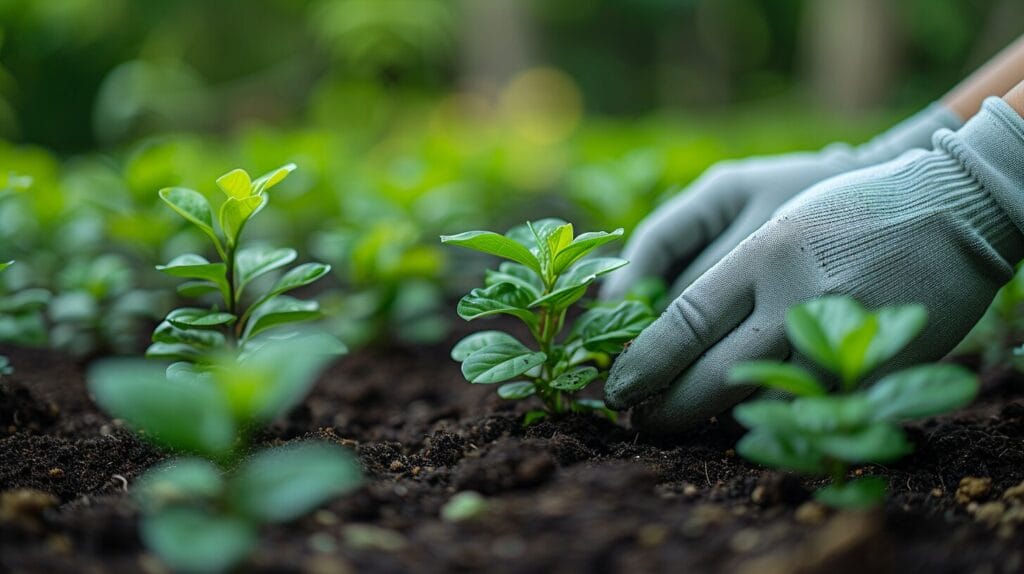
Maintaining the soil is crucial for ensuring healthy boxwood growth. Here’s how:
- Monitor soil moisture and watering practices: Keep the soil consistently moist but avoid overwatering to prevent root rot.
- Mulch: Applying a layer of organic mulch around the boxwoods can help retain moisture, regulate temperature fluctuations and suppress weeds.
- Inspect the soil regularly: Look out for signs of nutrient deficiencies or diseases. Nutrient deficiencies can be addressed by fertilizing with a balanced slow-release fertilizer, while diseases should be treated promptly to prevent further spread.
In conclusion, successful boxwood container gardening requires careful consideration of soil conditions and container selection. With the right care and attention to detail, you can create a beautiful, thriving boxwood garden in containers. Happy gardening! Additionally, it’s important to research how to choose container size, as this can significantly impact the growth and health of your boxwood plants. A container that is too small may restrict root development, while one that’s too large can lead to water retention issues. By selecting the appropriate size, you ensure that your boxwoods have ample space to flourish and showcase their natural beauty.
Conclusion
In conclusion, creating a thriving boxwood garden in containers requires careful attention to soil conditions. By providing good drainage through the use of organic matter and selecting containers with excellent drainage, boxwoods can flourish. Additionally, incorporating organic materials such as compost can enhance the soil’s nutrient content, promoting healthier growth. It’s also beneficial to monitor the worms and moldy food compatibility within the soil, as both can contribute to a rich, thriving environment for the boxwoods. By ensuring these elements are well-balanced, gardeners can enjoy a vibrant and lush boxwood garden.
Additionally, proper root care, pruning techniques, and winter protection and watering are essential for ensuring the long-term vitality of boxwoods in containers. Regularly monitoring the moisture levels and providing adequate drainage will also contribute to their health, preventing root rot and promoting robust growth. By incorporating organic fertilizers during the growing season, gardeners can further enhance the nutrient availability for their boxwoods, breathing life into plants that may otherwise struggle in confined spaces. Ultimately, a diligent care routine not only preserves their beauty but also strengthens their resilience against pests and diseases.
With these tips and insights, you can create a beautiful and healthy boxwood garden that will bring joy for years to come. Consider incorporating various tin can planter ideas to add a unique touch to your garden, showcasing your creativity while also providing a charming aesthetic. These planters can be painted or decorated to match your garden theme, making them functional art pieces. Moreover, they’re an excellent way to repurpose materials while fostering a sustainable gardening practice.
Frequently Asked Questions
What are some tips for planting boxwoods in containers?
When planting boxwoods in containers, it’s important to ensure that the soil is loose and well-aerated around the root ball. Additionally, make sure the container has drainage holes at the bottom to prevent waterlogging, and choose a container that allows the boxwood shrub to grow and develop its root system comfortably.
How should I care for boxwoods in pots or planters?
To care for boxwoods in pots, ensure they receive adequate sunlight, maintain moist but well-drained soil, and prune them regularly to maintain their shape and size. Also, consider repotting the boxwoods when they outgrow their current container to ensure their continued health and growth.
How do I prevent plant diseases in container-grown boxwoods?
To prevent plant diseases in container-grown boxwoods, ensure they are planted in well-drained soil, avoid overwatering, and provide adequate air circulation around the foliage. Regular inspection for signs of diseases and timely treatment can also help maintain the health of the boxwood shrubs.
How do I repot a boxwood shrub growing in a container?
To repot a boxwood shrub growing in a container, gently loosen the root ball, carefully lift the shrub out of its current container, and place it in a new container with fresh, well-drained soil. Water the repotted shrub thoroughly and monitor its growth in the new container. Additionally, it’s important to ensure the new container has adequate drainage holes to prevent waterlogging. If you are also interested in starting new plants, consider researching vanilla bean seed growing tips to successfully propagate your own vanilla plants. Regularly assess the shrub’s health, and make adjustments to its watering and sunlight exposure as needed to encourage healthy growth.
Are boxwoods in containers low maintenance?
Yes, boxwoods in containers are relatively low maintenance. With the right soil, proper care, and occasional pruning, container-grown boxwoods can thrive with minimal effort and continue to look great as an ornamental feature in your garden or outdoor space.

